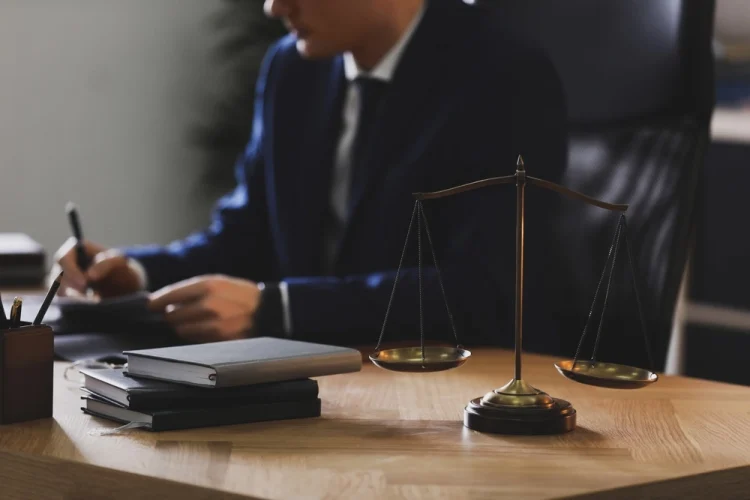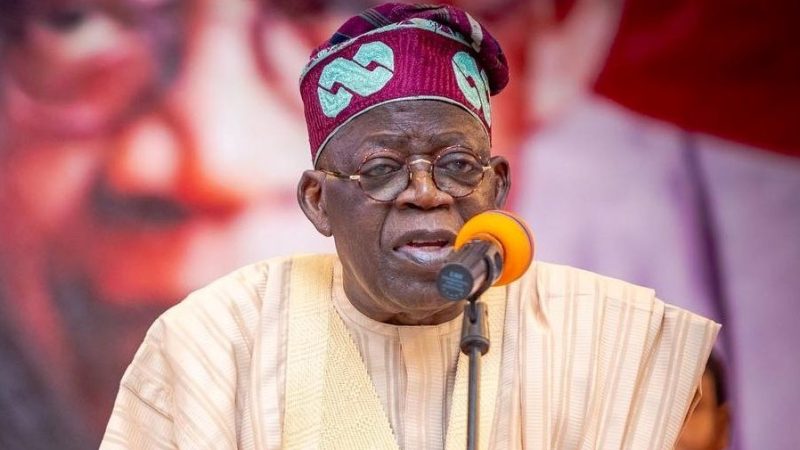Unraveling the Jamal Murray Leak: Navigating Privacy Boundaries in the Digital Age

In the era of instant information dissemination, the concept of privacy is continually evolving. Recent events surrounding the Jamal Murray leak have brought to light the challenges individuals face in safeguarding their personal lives, even in the realm of professional athletes. This incident prompts a deeper exploration of privacy boundaries, the role of technology, and the ethical considerations surrounding the exposure of private moments.
The Incident:
Jamal Murray, a talented NBA player, found himself thrust into the spotlight for reasons beyond his athletic prowess. In early 2023, a private video of Murray engaging in intimate activities circulated online, causing a storm of controversy and discussions surrounding privacy invasion.
The Digital Age Dilemma:
The incident raises pertinent questions about the extent to which technology has encroached upon individuals’ private lives. In an age where smartphones are ubiquitous and social media platforms serve as windows into personal experiences, maintaining a semblance of privacy has become an uphill battle. The Jamal Murray leak serves as a stark reminder of the vulnerability that comes with living in the digital age.
Technology’s Dual Role:
While technology has undeniably enriched our lives, it also poses significant threats to privacy. Social media platforms, cloud storage, and instant messaging apps have become integral parts of daily communication. However, the convenience they offer comes at the cost of heightened exposure to potential breaches. The Jamal Murray leak underscores the need for individuals to be vigilant about the digital footprint they leave behind.
Privacy in the Public Eye:
For public figures like Jamal Murray, maintaining privacy is a complex challenge. The scrutiny and constant media attention they face intensify the need for heightened security measures. The leak not only exposed a personal aspect of Murray’s life but also initiated discussions about the responsibility of fans, media, and technology platforms in respecting the boundaries between public and private spheres.
Ethical Considerations:
The incident sparks ethical debates about the responsibility of those who come into possession of private content. The leak raises questions about the morality of sharing such material and the potential harm it can inflict on individuals’ personal and professional lives. Society must grapple with the balance between the right to privacy and the public’s right to information.
Legal Ramifications:
The Jamal Murray leak has legal implications that extend beyond the invasion of privacy. Laws surrounding cybercrimes, digital harassment, and unauthorized sharing of intimate content vary across jurisdictions. This incident highlights the need for robust legal frameworks that can adapt to the evolving challenges posed by technology.
Cultural Impact:
Beyond legal and ethical dimensions, the incident also reflects broader cultural attitudes towards privacy. As a society, we must collectively reassess our values and norms concerning the boundaries between public and private life. The Jamal Murray leak serves as a catalyst for these conversations, prompting a reevaluation of the cultural landscape in the digital age.
Digital Literacy and Personal Responsibility:
In the aftermath of the Jamal Murray leak, there is a pressing need for improved digital literacy. Individuals must be educated about the potential risks associated with the use of technology and the importance of safeguarding personal information. The incident underscores the significance of personal responsibility in navigating the digital landscape.
Conclusion:
The Jamal Murray leak forces us to confront the evolving challenges of privacy in the digital age. It serves as a poignant reminder that no one is immune to the vulnerabilities posed by technology. As we grapple with the legal, ethical, and cultural ramifications of such incidents, it is crucial to foster a collective sense of responsibility in navigating the fine line between public and private spheres. The incident should propel us towards a more informed and conscientious approach to technology use, ensuring that privacy remains a fundamental right in the face of an increasingly interconnected world.
Q1: What is the Jamal Murray leak?
A1: The Jamal Murray leak refers to the unauthorized dissemination of a private video featuring NBA player Jamal Murray engaging in intimate activities. The incident occurred in early 2023 and sparked widespread discussions about privacy, technology, and the ethical considerations surrounding the exposure of personal content.
Q2: How did the Jamal Murray leak happen?
A2: The specifics of how the leak occurred may vary, but it typically involves the unauthorized access to private content, such as a personal video or image, followed by its dissemination on online platforms. The exact details of the breach in Jamal Murray’s case may not be publicly disclosed due to legal and privacy concerns.
Q3: What are the legal implications of the Jamal Murray leak?
A3: The Jamal Murray leak has potential legal ramifications related to privacy invasion, cybercrimes, and the unauthorized sharing of intimate content. Laws surrounding these issues vary by jurisdiction, and the involved parties may pursue legal action against those responsible for the leak.
Q4: How has the incident impacted Jamal Murray’s career?
A4: The leak can have profound effects on an individual’s personal and professional life. Athletes, like Jamal Murray, often face scrutiny in the public eye, and such incidents can lead to reputational damage. The long-term impact on Murray’s career would depend on various factors, including public reaction, media coverage, and how he and his team address the situation.
Q5: What discussions has the Jamal Murray leak initiated about privacy?
A5: The incident has prompted discussions about the challenges of maintaining privacy in the digital age, especially for public figures. It has raised questions about the responsibility of fans, media, and technology platforms in respecting individuals’ privacy boundaries.
Q6: What steps can individuals take to protect their privacy in the digital age?
A6: To enhance privacy protection, individuals should be cautious about the content they share online, regularly update their security settings on social media platforms, use strong and unique passwords, enable two-factor authentication, and stay informed about digital literacy and online safety.
Q7: How can society address the cultural impact of privacy breaches like the Jamal Murray leak?
A7: Addressing the cultural impact involves fostering a collective awareness of digital ethics and privacy rights. It requires open conversations about cultural attitudes toward privacy, the consequences of sharing sensitive content, and the importance of respecting individuals’ boundaries in both the online and offline realms.
Q8: What lessons can we learn from the Jamal Murray leak?
A8: The incident highlights the need for increased digital literacy, personal responsibility in handling technology, and a reassessment of cultural norms surrounding privacy. It underscores the importance of legal frameworks to address evolving challenges in the digital landscape and the collective responsibility to protect individuals’ right to privacy.






